Product Management News
Medium
152

Image Credit: Medium
Steering: The First Step for Babies, Roombas and Better Products
- Babies are learning to navigate their surroundings, improving their ability to steer clear of obstacles and achieve goals, with a cycle of exploration, learning, and return to a safe base.
- Intelligence is seen as accumulation of skills and behaviors over time, not a singular attribute. The concept of steering, the ability to react to the environment in real time, is highlighted as a foundational aspect of intelligence by author Max Bennett.
- Using the example of a Roomba navigating a room by bumping into obstacles and adjusting its path without memory or learning, the importance of real-time reaction without storage or learning is emphasized for basic intelligent behavior.
- The comparison is made between a baby's learning process of crawling, with the accumulation of skills over time, and product teams needing to similarly accumulate knowledge and skills to improve and innovate.
Read Full Article
9 Likes
Medium
8

Image Credit: Medium
5 Commons Misconceptions of PLG- Part 1
- Product-led growth (PLG) is a business methodology focused on user acquisition, expansion, conversion, and retention driven primarily by the product itself, fostering company-wide alignment.
- Misconceptions of product-led growth include it not being a growth hack but a framework optimizing for user-centric growth and not just a product strategy but a growth strategy requiring cross-functional collaboration.
- Product-led growth is not limited to small-ticket deals; it can also be successful in enterprise sales by providing value, trust, and support throughout the customer journey.
- It's distinct from offering a free trial; instead, it focuses on quickly delivering value, driving upgrades, sharing, and loyalty, while also being compatible with sales-led growth by finding a balance between the two approaches.
Read Full Article
Like
Medium
427
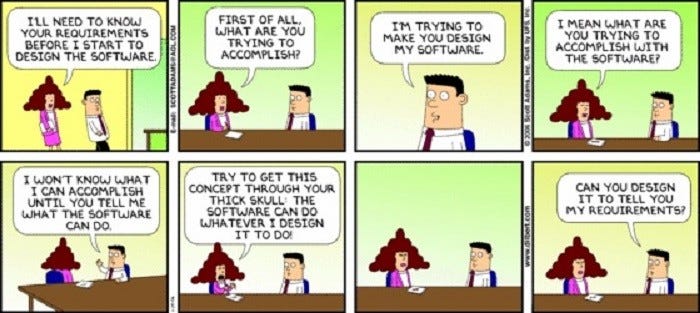
Image Credit: Medium
The 5-Step Method to Product-Market Fit Discovery
- Product-market fit is crucial for the success of a product. This method helps in understanding user needs before investing resources.
- The 5-step method to product-market fit discovery involves detailing the problem, identifying the target market, analyzing current solutions, addressing shortcomings, and considering post-process activities.
- Understanding the problem being solved, the target market demographics, existing solutions, feedback on current processes, and post-process activities are integral to finding product-market fit.
- By following this method, companies can avoid investing in products that do not address real user needs, ensuring a customer-centered approach to product development.
Read Full Article
25 Likes
Medium
235
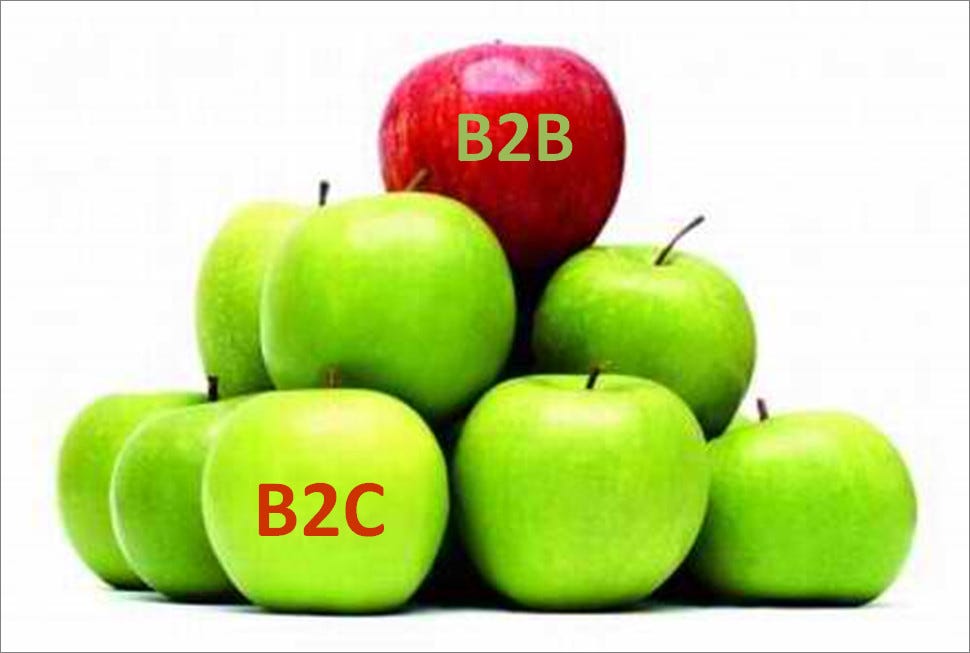
Image Credit: Medium
5 B2C Principles That B2B Software Should Adopt
- B2B software should adopt B2C principles due to the shift in buyer behavior towards customer experience as a key differentiator.
- Building a customer-centric experience based on B2C expectations can differentiate B2B software products, making the user experience seamless and enjoyable.
- Rapid deployment of technology is essential to providing customer control and meeting the tech-savvy millennial demographic's expectations.
- Focusing on customer advocacy, capturing the voice of the customer, and measuring the customer effort score are crucial steps for enhancing the customer experience in the B2B space.
Read Full Article
14 Likes
Discover more
- Programming News
- Software News
- Web Design
- Devops News
- Open Source News
- Databases
- Cloud News
- Operating Systems News
- Agile Methodology News
- Computer Engineering
- Startup News
- Cryptocurrency News
- Technology News
- Blockchain News
- Data Science News
- AR News
- Apple News
- Cyber Security News
- Leadership News
- Gaming News
- Automobiles News
Medium
192

Image Credit: Medium
Five Reasons Why Customer Insights Matter for Product Managers
- Customer insights are crucial for product managers to create customer-centric products that address core pains and desires.
- In today's competitive market, success lies in inspiring, enlightening, and delighting customers to win their loyalty.
- Customer insights offer fresh perspectives, accelerate innovation, provide real-world feedback, come in various forms, and help refine business models.
- Leading companies like United Airlines, Starbucks, GE, Microsoft, and IBM utilize customer insights to drive product development, innovation, and overall success.
Read Full Article
11 Likes
Medium
91

Image Credit: Medium
Ruthless Prioritization in Practice: A Framework for Saying ‘No’ with Confidence
- Practical guide on 'Secure No Framework' for making tough prioritization decisions confidently.
- Saying 'no' is challenging but essential to avoid hidden costs and maintain focus.
- 'Ruthless prioritization' aims for impact with fewer initiatives using a data-informed system.
- A framework built on pillars of Value, Effort, and Urgency aids in decision-making.
- Communicating 'no' as 'not now' with transparency leads to strategic, data-informed conversations.
Read Full Article
5 Likes
Medium
69

Image Credit: Medium
Psychological Safety in Teams — A Must Have
- Psychological safety within teams is crucial, especially in uncertain and challenging environments.
- Creating an environment where team members feel safe to speak up is essential for innovation and collaboration.
- Simply stating that one's door is always open is not enough; efforts must be made to actively foster trust within teams.
- Psychological safety is not just a soft skill but a strategic skill that directly impacts the ability of a team to produce brave work.
Read Full Article
4 Likes
Logrocket
424

Image Credit: Logrocket
How to future-proof your PM career with emotional intelligence
- AI-driven tools are reshaping careers, requiring a blend of emotional intelligence and technical skills.
- Key skills include emotional intelligence, love for learning, and practicing balance in work.
- Successful professionals must combine art and science, empathy, and creativity in decision-making.
- Emotional intelligence, continuous learning, and balance are crucial for future career success.
- Find harmony between creativity and structure to excel in an evolving technological landscape.
Read Full Article
25 Likes
Medium
239

Image Credit: Medium
Festivals, Families, and Familiar Faces: Life in Arabesco Communities
- Arabesco-managed communities in Abu Dhabi and Sharjah provide stability, trust, and a sense of belonging with communal festivals and family-friendly amenities.
- Residents enjoy shared celebrations like Eid, UAE National Day, and Ramadan, fostering genuine connections through communal gatherings and activities.
- Arabesco focuses on creating family-friendly environments with spacious layouts, play areas, safety measures, and personalized care for residents of all ages.
- The company's commitment to managing everything, from backend operations to resident comfort, fosters a warm and welcoming community feel, making Arabesco neighborhoods like emotional sanctuaries for residents.
Read Full Article
14 Likes
Medium
309
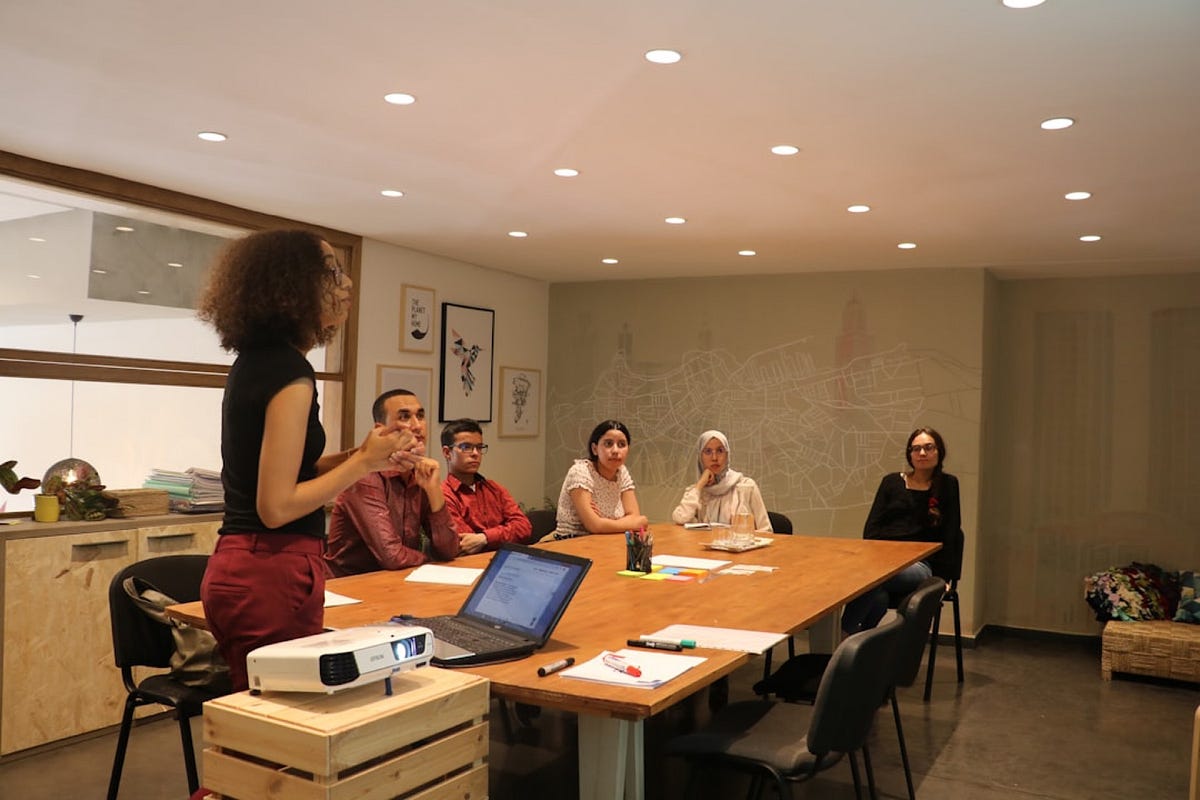
Image Credit: Medium
When Everything Falls Apart (And Why That’s the Point)
- A presenter faced technical difficulties during a presentation, leading to a discussion on disaster recovery protocols.
- The presenter emphasized preparing for when everything goes wrong, outlining strategies for server crashes and customer communication during outages.
- Despite the challenges, the presenter's detailed description of failure modes helped secure 2.3 million pounds in funding.
- The incident challenges the belief that competence equals perfection, highlighting the importance of acknowledging vulnerabilities and preparing for potential failures.
Read Full Article
18 Likes
Medium
2.5k
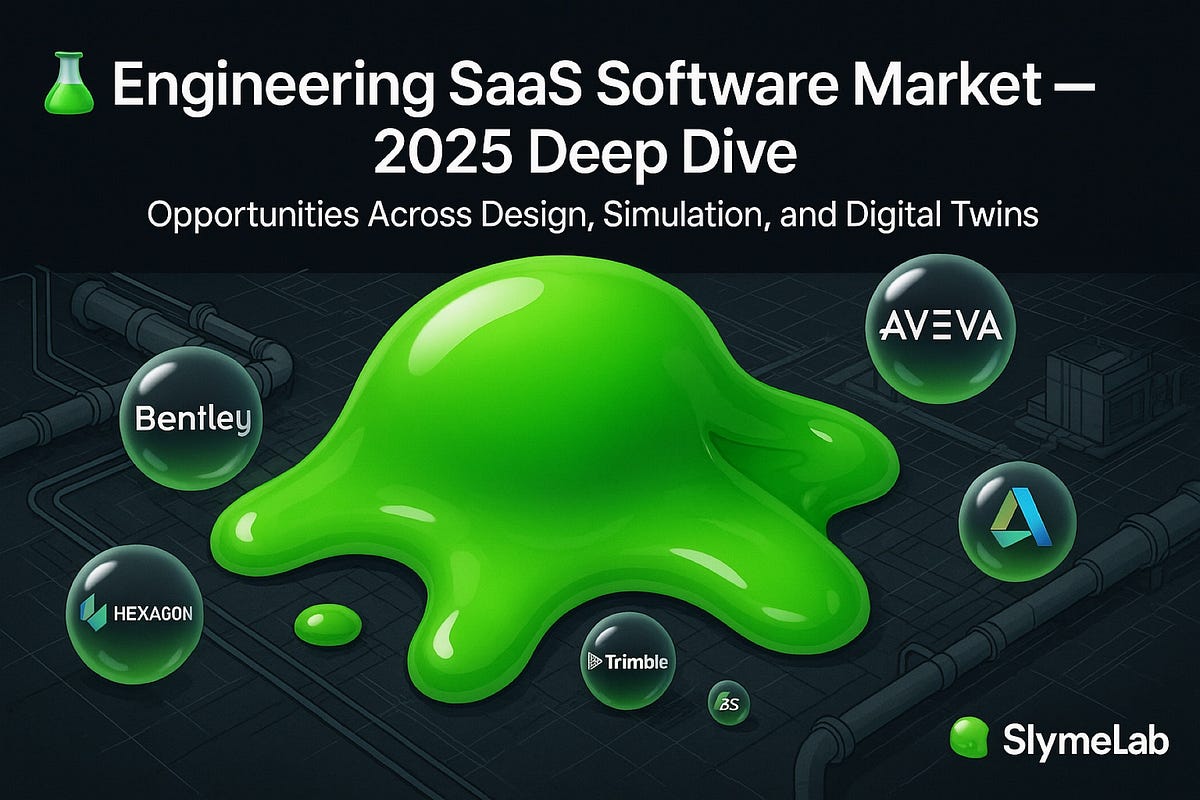
Image Credit: Medium
The $85B Engineering SaaS Market: Where the Next Decade of Growth Is Happening
- The Engineering SaaS market is experiencing significant growth driven by global infrastructure demand, ESG compliance, AI modeling, and digital twin technologies.
- By 2025, Engineering SaaS is predicted to surpass $85 billion globally, with key segments including AEC Design, Plant & Process, Simulation & CAE, Digital Twins, and AI Engineering SaaS.
- Engineering SaaS comprises five interconnected layers: AEC Design Platforms, Plant & Process Platforms, Simulation & CAE, Digital Twins, and AI Engineering SaaS.
- Private equity firms are heavily investing in the Engineering SaaS space, leading to the emergence of multi-domain giants and AI-native startups.
- A competitive power shift is underway in the market, with legacy SaaS providers facing challenges from AI-native SaaS companies offering faster onboarding and consumption-based pricing.
- The go-to-market complexity in Engineering SaaS involves enterprise ABM sales, solution selling, API embedded sales, and self-service PLG, catering to various stakeholders.
- Key metrics for success in Engineering SaaS include ACV, Net Revenue Retention, Usage Intensity, AI model accuracy improvement, sales cycle length, and product expansion rate.
- The future of Engineering SaaS lies in platforms mastering compounding AI flywheels driven by data growth, AI learning loops, workflow embedding, outcome automation, retention, and expansion.
- To succeed in the Engineering SaaS market, platforms need to deeply integrate into workflows, utilize AI learning loops, expand modularly, and deliver operational outcomes.
Read Full Article
22 Likes
Medium
248

Image Credit: Medium
Launch Early. Launch ‘Bad’ if You Have To. Then Iterate Until It’s Great.
- Great products like Airbnb, Slack, and Twitter didn't start perfectly but evolved through launches and feedback.
- Launching early allows for genuine user feedback, saves time, and enables rapid learning and improvement.
- The biggest mistake is waiting too long for an idea to be 'perfect' as it hinders progress and learning.
- Ideas evolve best when tested and the initial version serves as a starting point for improvements.
- Launching a rough version of an idea is better than waiting for it to be 'good enough.'
- The mantra emphasizes the importance of getting ideas out into the world and continuously improving.
- Launching early, even with a 'bad' version, allows for evolution and adaptation toward success.
- Questions to ask include determining the simplest version to launch and how to gather feedback for improvement.
- The best ideas develop through action, feedback, and iteration, emphasizing the need to listen and adapt.
- Turning a fragile idea into a successful product involves launching early and staying open to enhancements.
- The process involves starting with a basic version and using feedback to continually improve the product.
- Overall, early launches, active listening, and continuous improvement lead to successful product development.
- Ideas don't have to be perfect at the start but can evolve and improve over time with user input.
- Launching early and being open to feedback helps in creating strong and successful products.
- Emphasizing the importance of initiating ideas and allowing them to evolve through user interaction and feedback.
- Continuous improvement through early launches and feedback drives product success and development.
Read Full Article
14 Likes
Medium
401
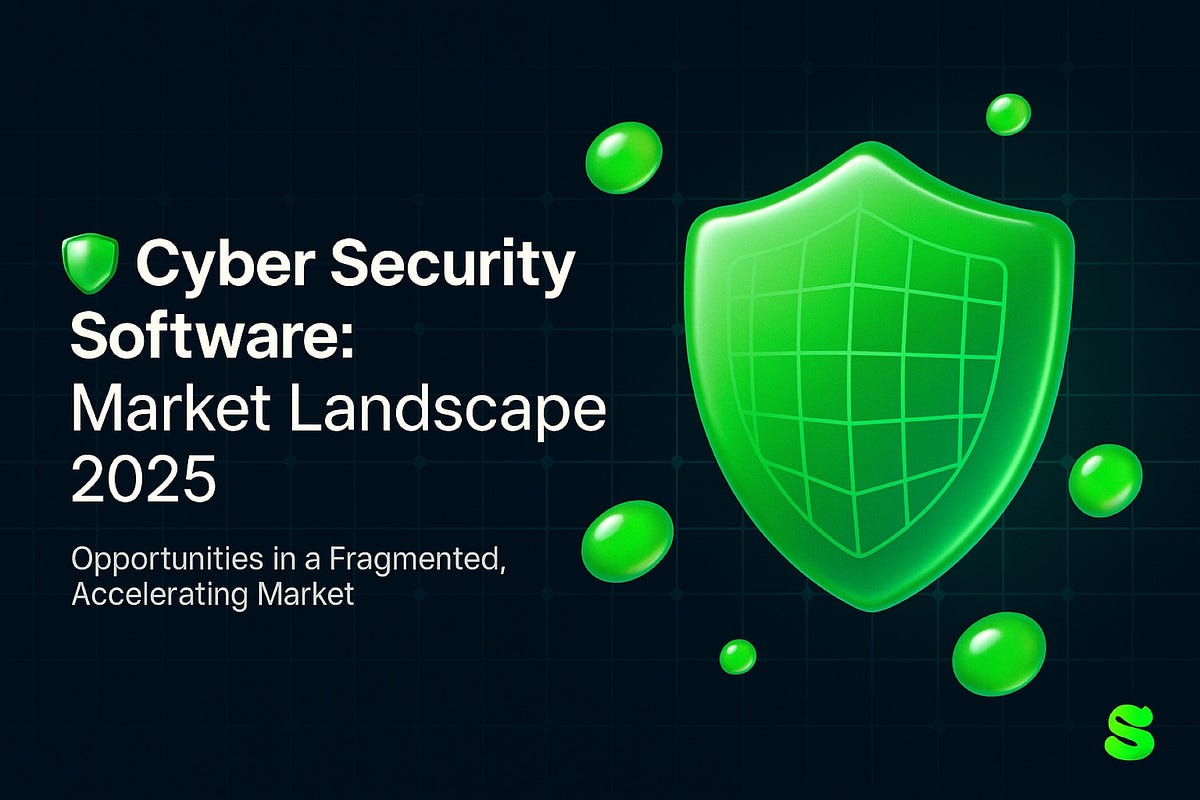
Image Credit: Medium
The $200B Cybersecurity Software Market: Where We Are, What’s Breaking, and What Comes Next
- The global cybersecurity software market is projected to exceed $202 billion in 2025, with growth driven by increasing complexity in organizations' IT environments.
- The market is divided into five core segments, including Network Security & Access, Identity & Access Management, SIEM/Threat Intelligence, Endpoint Security, and Governance, Risk & Compliance.
- Leaders are consolidating platforms, offering integrated solutions, while laggers continue to sell fragmented features.
- Key challenges in the cybersecurity market include unified identity control, predictive AI threat detection, vendor-stack fragmentation, and supply chain risks.
- New players are focusing on areas such as Agentic AI Security Ops, Unified Identity Layers, Data-Centric Security, Security-as-a-Service, and Compliance Automation.
- The cybersecurity industry sees continuous growth due to the interconnected cycle of digital surface area expansion, breaches, regulation, vendor purchases, integration complexity, and increased risk.
- AI-native platforms are seen as the future, with companies embedding AI deeply into their operating models for improved efficiency and security.
- Shifts in pricing models are occurring due to vendor sprawl, cloud-native cost disruption, and a trend towards outcome-based pricing with SLA-based security contracts.
- The future battlegrounds in the cybersecurity market will focus on industry specialization, SaaS-native embedded security, real-time observability, open API ecosystems, and simplified buyer experiences.
- The strategic meta-pattern indicates a move towards simplification, automation, and the integration of defense processes into digital operations.
- The cybersecurity landscape is evolving towards fewer tools, larger platforms, deeper AI integration, and simplified buyer models for enhanced security.
Read Full Article
24 Likes
Medium
109

Image Credit: Medium
Leading from the Edge: The Technology Gamble That Paid Off
- G+D Netcetera’s Forward Publishing powers online news sites and mobile apps for regional newspapers in Germany and Switzerland.
- The architecture design involved a reverse-proxy cache in front of content backends with short TTLs to balance throughput and content freshness.
- Reworking the backend architecture was deemed necessary due to redundant computation in processing requests for relatively unchanged content.
- The new approach aimed to move computation from request time to change time, fetching pre-denormalized content from a content event hub for efficiency.
- RAMA was chosen to simplify rendering, event-sourcing, and the database structure, improving system topology.
- An incremental content denormalization engine built using RAMA offered real-time, always-up-to-date content for customers.
- The transformation led to significant improvements in content propagation speed, system load handling, and database query simplification.
- Fully committing to bleeding-edge technology like RAMA carried risks but also drove the team, product, and business to new levels of success.
- Taking risks and committing to innovative technology can lead to substantial impacts on product development and business growth.
Read Full Article
6 Likes
Medium
274

Image Credit: Medium
Leading the Charge: Cheyanne Mallas on Project Management in Cyber Security
- Cheyanne Mallas plays a crucial role in bridging business and technical teams in cyber security projects.
- She emphasizes that cyber security should be a shared responsibility with tangible outcomes like uptime, compliance, and customer trust.
- Defining scope and stakeholder roles is the initial step in securing cloud infrastructure or implementing MFA across a workforce.
- Mallas ensures everyone understands their role; legal teams focus on data privacy, CFOs on budget risks, and IT teams on clarity to prevent burnout.
- Regular touchpoints like standups and risk briefings are held to maintain project momentum and evolution rather than following a static checklist.
- Aligning technical work with business priorities is key, where a solution reducing breach probability can be seen as a business win, not just a security fix.
- Mallas highlights the importance of training employees, as even new hires unaware of phishing emails can become vulnerabilities if not educated.
- Demonstrating the business value of cyber security helps earn long-term executive support for future projects.
- Mallas believes in showcasing results over technical jargon to persuade executives to view cyber security as an investment rather than a cost.
- The ability to adapt quickly without losing momentum distinguishes strong cyber security project leaders.
- Her leadership style combines discipline with empathy, providing the necessary structure and flexibility for effective cyber security project management.
Read Full Article
16 Likes
For uninterrupted reading, download the app